8 Great Places For Fall Camping In Texas
When Texas cools off, it's time to enjoy the outdoors.
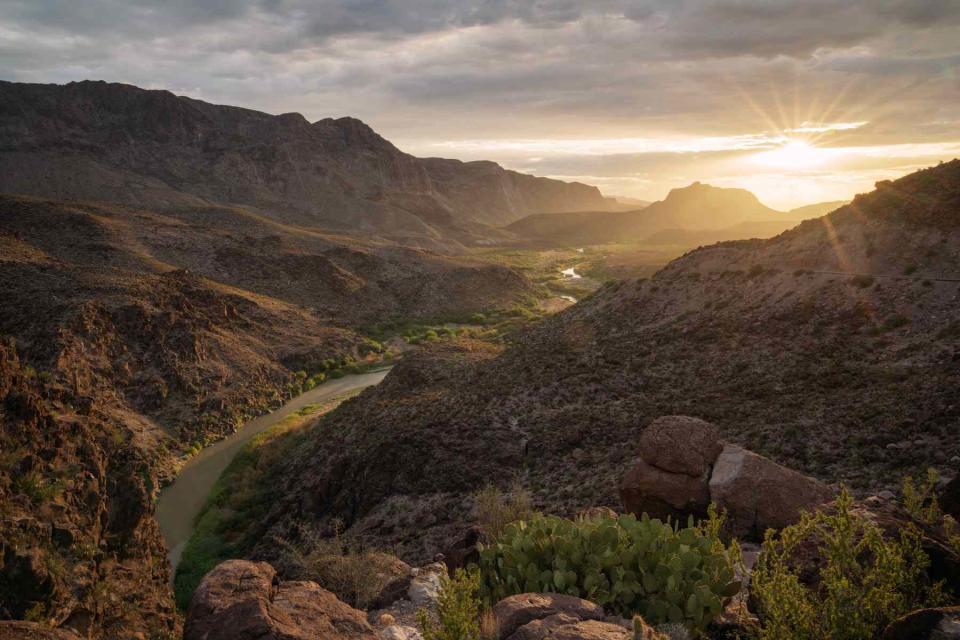
Southern Living
Fall means camping season in Texas, because the weather finally starts cooling and giving way to more enjoyable temperatures and fall foliage. It's time to pull out the tent, stock the car, and lace up your hiking boots. In such a big state, though, how do you decide where to pound in the stakes or park your rig? I’ve spent the last 20 years adventuring in Texas, from the rugged mesas and canyons of the Chihuahuan Desert of West Texas to the beaches along the Gulf Coast and everything in between.
Want to spend the night on a floating campsite, or perhaps fall asleep to the sound of crashing ocean waves? Maybe you’re looking for a campground where you can bring along your horse? You can do all that and more. Here are my 8 top places for fall camping in Texas.
Big Bend National Park
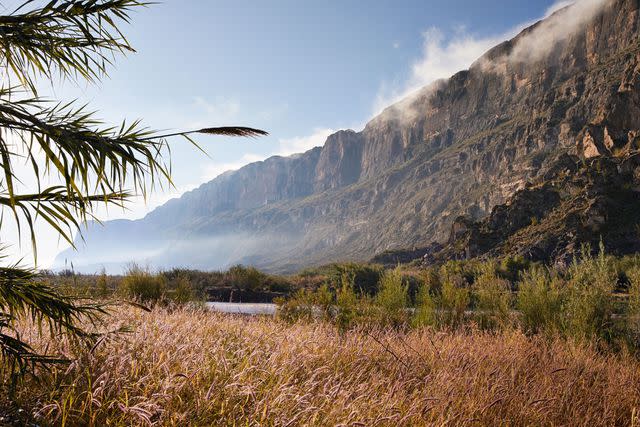
The biggest park in Texas is also one of its most remote. But the combination of a prickly, flat desert and “sky islands,” mountains that rise into the clouds, makes it worth the drive to Big Bend National Park’s 801,200-acre wilderness.
Choose from staying at the Chisos Basin Campground, cradled in the park’s central mountains, or pick one of the two developed campgrounds along the river, where you can sleep beneath the shade of a cottonwood tree. Remote primitive sites in the desert will make you feel like you’re in the set of the original Star Trek series.
The best plan, though? Load up a backpack and strike out on the South Rim Trail. There, at the top of a mesa, you can peer out your tent flaps and see the gray-green desert floor spread out below you, like a vast expanse of rumpled elephant hide.
Big Bend Ranch State Park
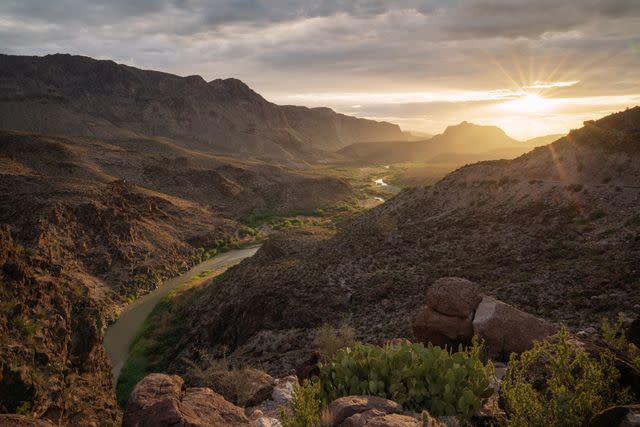
Southern Living
If you’re into bike packing, consider Big Bend Ranch State Park, located just west of Big Bend National Park. There, on the 238 miles of trail that crisscross more than 311,000 acres, including an ancient collapsed volcano, you can put together a multi-day bike camping trip. Depending on which route you take, you’ll see the ruins of an old mining operation, a hillside glinting with crystals, or the crumbling shell of an old wax factory.
Thirty-four primitive campsites are scattered throughout the vast park (I like Guale Mesa II the best) or stay at a developed campground close to the park’s headquarters. Non-campers can even book a bed in the Sauceda Bunkhouse. Avoid hot summer months and pack plenty of water and bring several spare tires - they don’t call this The Other Side of Nowhere for nothing.
Lake Mineral Wells State Park & Trailway
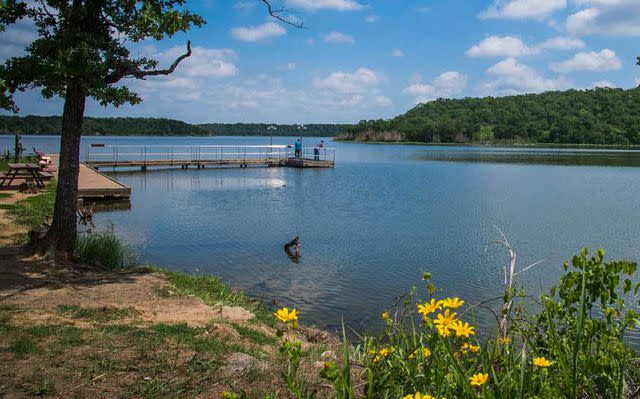
Courtesy Texas Parks & Wildlife
The shady, steep-walled canyons of Penitentiary Hollow at Mineral Wells State Park lure in rock climbers, who test their gecko powers at one of the few good places to rock climb in North Texas. If you’re more into fishing for crappie or catfish or paddling a kayak, you can do that here too, on the park’s 640-acre lake. And cyclists (or equestrians) can explore the adjoining 20-mile trailway, a generally flat route that once served as a railroad corridor.
Padre Island National Seashore
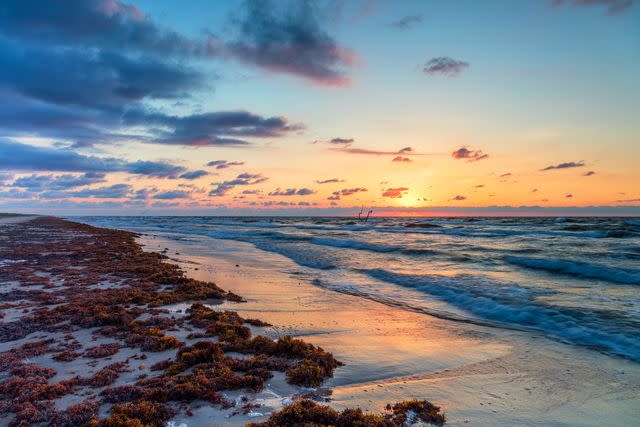
Getty Images/Rebecca Latson
In Texas, visitors are allowed to drive right onto the beach. And at Padre Island National Seashore, you can pitch a tent or park a rig in the sand along a 60-mile strip on the world’s longest undeveloped barrier island.
Keep an eye out for Pepto Bismol-colored Roseate Spoonbills, crabs that might try to swipe your table scraps, and endangered Kemp’s Ridley sea turtles, which nest along the beach during the summer months.
In addition to the boondocking, two developed campgrounds and three primitive campgrounds are also available. Just be prepared to get some sand between your toes.
Sea Rim State Park
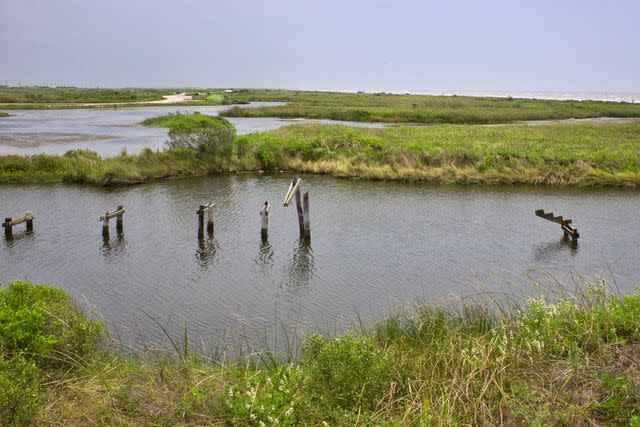
Getty Images/Matthew White
Spend the night on a floating platform at the state’s only public floating campsite, at Sea Rim State Park near Port Arthur in southeast Texas. Architecture students from the University of Texas envisioned the site, which bobs gently from its tethers about two miles from a boat ramp in the marshes on the inland side of the park.
You’ll need a canoe or kayak to get there, but if you don’t own one you can rent from a boat vending machine at the launch area. The trip through channels cut into the seagrass takes about an hour, but you can’t get lost. Look for the platform’s wooden tower, which doubles as a privacy curtain for the bathroom you’ll have to bring with you, in the form of a five-gallon bucket and toilet kit (available at park headquarters).
Bring bug spray and keep an eye out for gators. Or camp on the park’s beach side, which offers 15 developed and 75 primitive sites, plus a cabin that holds six people.
Seminole Canyon State Park
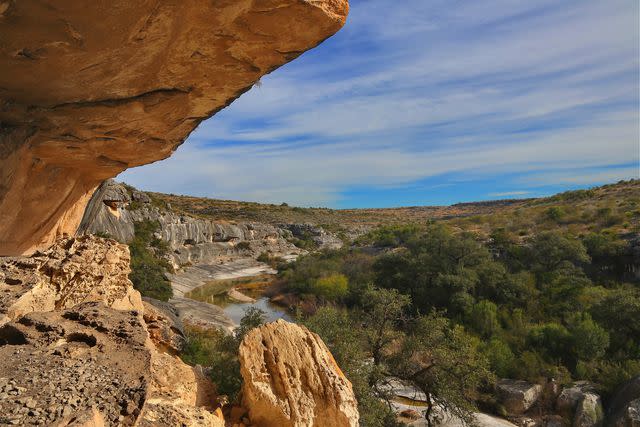
Getty Images/Hundley Photography
Between 2,000 and 5,000 years ago, hunter gathers living along the Rio Grande used a mixture of minerals and bone marrow to paint murals on the walls of rock shelters at what is now Seminole Canyon State Park.
Book a spot in the small campground, laid out among the prickly pear and scrub on the top of a low hill. Visitors can only access the rock shelters via daily ranger-led tours. The faded yellow, red, black, and white pictographs feature animals, human figures, and abstract designs that researchers believe tell the story of the ancient peoples’ cultural belief systems.
Martin Dies Junior State Park
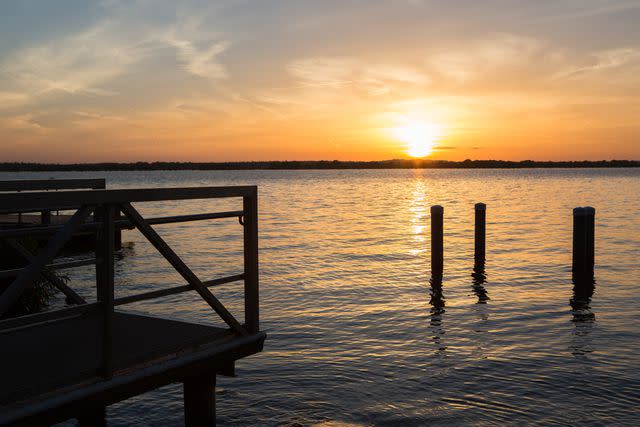
Getty Images/Duydo
A forest of towering pines and moss-draped cypress makes the perfect backdrop for camping at Martin Dies Jr. State Park in East Texas. Anglers can fish in 10,000-acre B.A. Steinhagen Lake, paddlers can kayak or canoe (available for rental) through tea-colored sloughs, and hikers can get disappear in terrain that looks perfect for sasquatch hunting. (I’ve yet to see one.)
The park has more than 200 campsites, most with a view of the water, or you can rent a screened shelter or cabin. Visit in spring to see dogwood trees in bloom.
Enchanted Rock State Natural Area
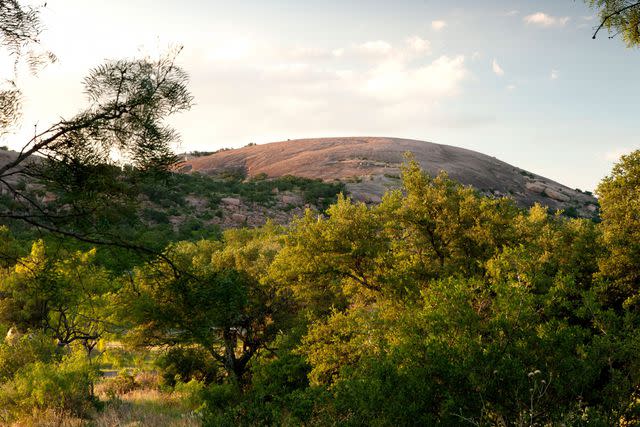
Most folks come to climb the huge pink granite dome, which rises from the surrounding countryside like an enormous version of one of those candy buttons packaged on paper strips.
The hike isn’t technical, but it might leave you huffing and puffing. Take a break and look down. Vernal pools, pockets of vegetation growing in weathered divots on the rock’s surface, are home to fairy shrimp, which spring to life after rains.
Stay in the main campground or do what I love to do and load your gear into a backpack and hike the Loop Trail to the back side of the dome, where you can camp beneath sprawling oaks and listen to the rock creak as it cools at night.
For more Southern Living news, make sure to sign up for our newsletter!
Read the original article on Southern Living.

